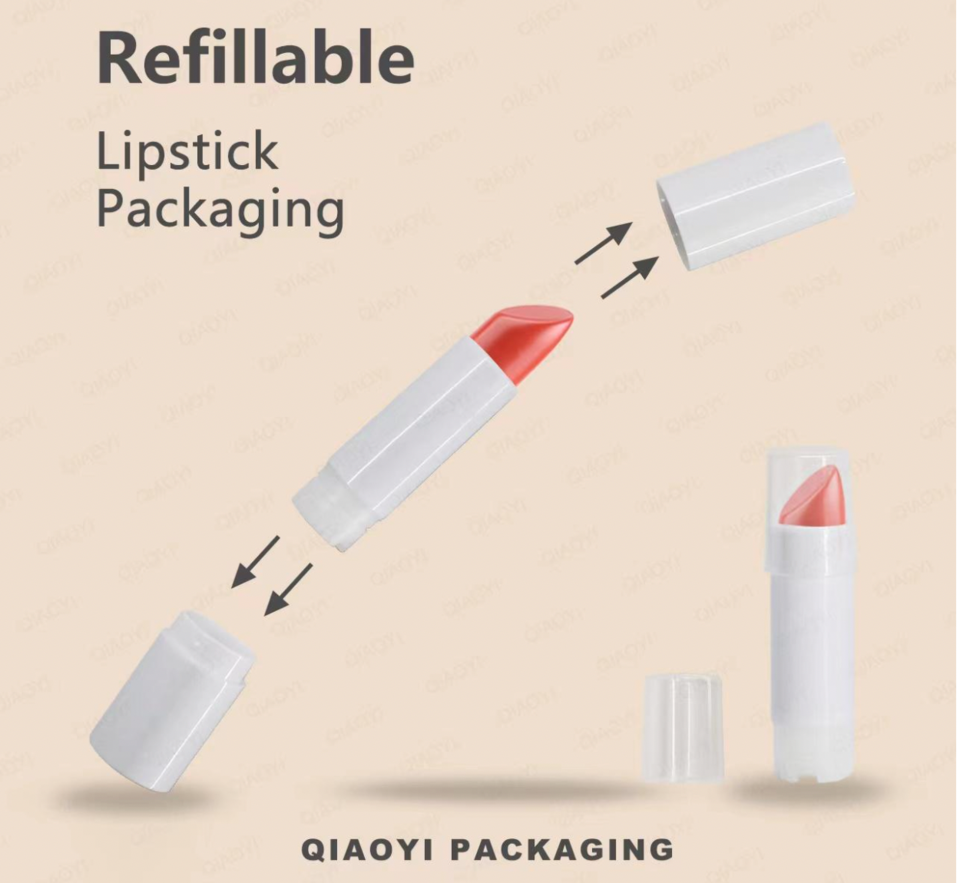The cosmetic tube industry plays a critical role in the beauty and personal care sectors, offering a convenient and efficient packaging solution for various products, such as creams, lotions, and gels.
As the global focus on sustainability intensifies, the cosmetic tube sector is undergoing a transformation to adopt eco-friendly materials and practices.
And suppliers and retailers have both taken note of this trend. Whether is it the shelves of Sephora or the online catalogues of beauty supply-side marketplaces like Beauty Sourcing, we are seeing an increasing number of brands showcasing sustainable cosmetic tubes that reflect changing trends in the industry.
In this article, we explore the sustainability trend sweeping the cosmetic tube industry and how it's shaping the future of packaging.
Material Innovations for Sustainable Cosmetic Tubes
The Shift to Biodegradable and Plant-based Materials
One of the most significant developments in the cosmetic tube industry is the adoption of biodegradable and plant-based materials. Traditionally, cosmetic tubes have been made from plastic materials like polyethylene (PE), which can take hundreds of years to decompose. To combat this issue, manufacturers are exploring alternatives such as bio-based PE, which is derived from sugarcane, or biodegradable materials like polylactic acid (PLA) made from cornstarch. These innovations offer an eco-friendly alternative to traditional plastics, helping to reduce the environmental footprint of cosmetic packaging.
Incorporating Post-Consumer Recycled (PCR) Content
Another strategy being adopted by the cosmetic tube industry is the use of post-consumer recycled (PCR) content. By incorporating PCR plastics into new packaging, manufacturers can reduce the demand for virgin materials and minimize waste sent to landfills. Many companies are now offering cosmetic tubes made from a significant percentage of PCR content, with some even achieving 100% PCR plastic. This trend not only supports a circular economy but also appeals to environmentally conscious consumers who prioritize sustainable products.
Reducing Waste through Efficient Design
Tube Optimization for Minimal Material Use
Sustainable design principles are also being applied to the cosmetic tube industry, with manufacturers seeking ways to optimize their products for minimal material use. This can involve reducing the thickness of the tube walls, redesigning the shape of the tube, or implementing more efficient production processes. By cutting down on the amount of material required to produce each tube, manufacturers can reduce waste and decrease the overall environmental impact of their packaging.
Refillable and Reusable Cosmetic Tubes
The concept of refillable and reusable packaging is gaining traction in the beauty industry, and the cosmetic tube sector is no exception. By creating tubes that can be refilled or repurposed, manufacturers can minimize packaging waste and encourage consumers to adopt more sustainable habits. This trend is particularly relevant for high-end or luxury cosmetic products, where consumers are more likely to invest in durable packaging that can be used multiple times.
Supporting Sustainability through Collaboration and Certification
Industry Collaboration for a Greener Future
The push for sustainability in the cosmetic tube industry is not just limited to individual companies; there is a growing trend of collaboration between manufacturers, brands, and other stakeholders to create greener packaging solutions. This can involve sharing best practices, investing in research and development, or working together to develop industry-wide sustainability standards. By collaborating on sustainability initiatives, the cosmetic tube industry can drive change more effectively and accelerate the shift towards eco-friendly packaging.
Pursuing Eco-Certifications and Labels
As the demand for sustainable packaging grows, many cosmetic tube manufacturers are seeking eco-certifications and labels to demonstrate their commitment to the environment. These certifications, such as Cradle-to-Cradle or the Forest Stewardship Council (FSC), provide third-party validation of a company's sustainability efforts and help to build consumer trust. By pursuing these certifications, cosmetic tube manufacturers can set themselves apart from competitors and appeal to environmentally conscious consumers.
Conclusion
The cosmetic tube industry is embracing sustainability in response to growing environmental concerns and consumer demand for eco -friendly packaging. By adopting innovative materials, optimizing design for minimal waste, and collaborating on industry-wide sustainability initiatives, manufacturers are driving significant change in the sector. Additionally, the pursuit of eco-certifications and labels helps to build consumer trust and differentiate sustainable packaging options in a competitive market.
As we move forward, we can expect to see even more ground-breaking innovations and widespread adoption of sustainable practices in the cosmetic tube industry. This shift will not only benefit the environment but also create a competitive advantage for brands that prioritize eco-friendly packaging. By staying ahead of these trends, manufacturers, and cosmetic brands can ensure they meet the evolving demands of their customers and contribute to a more sustainable future for the beauty and personal care sectors.




